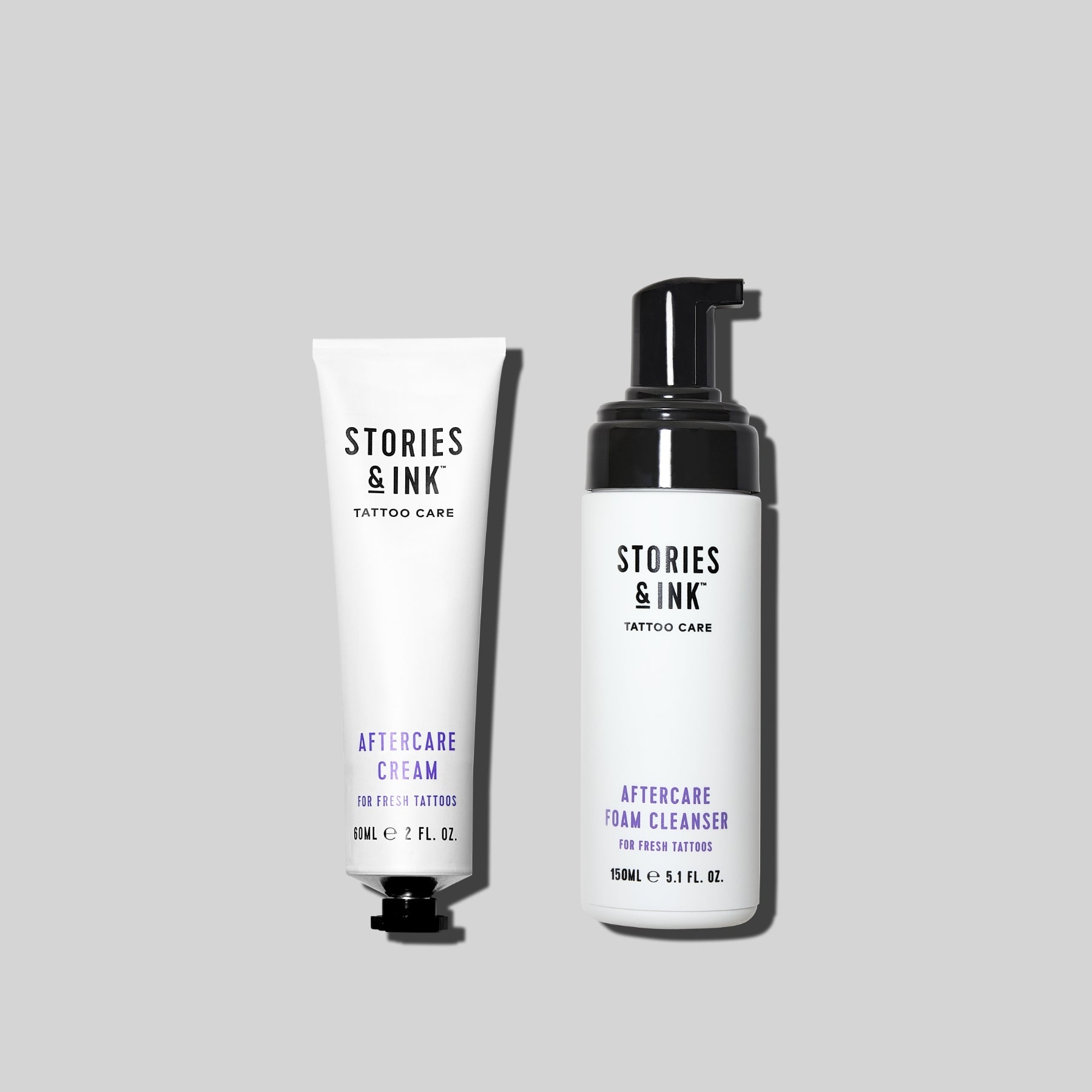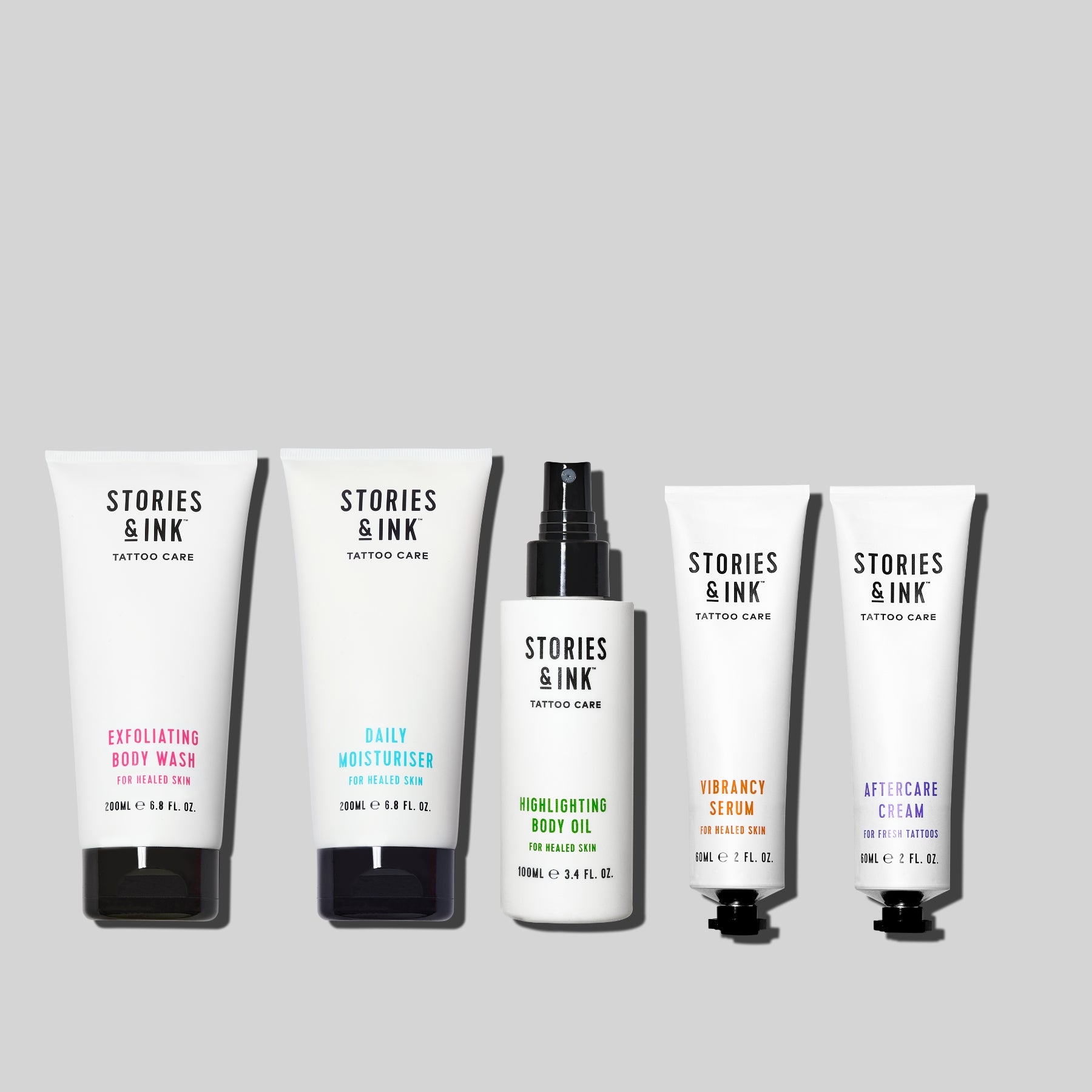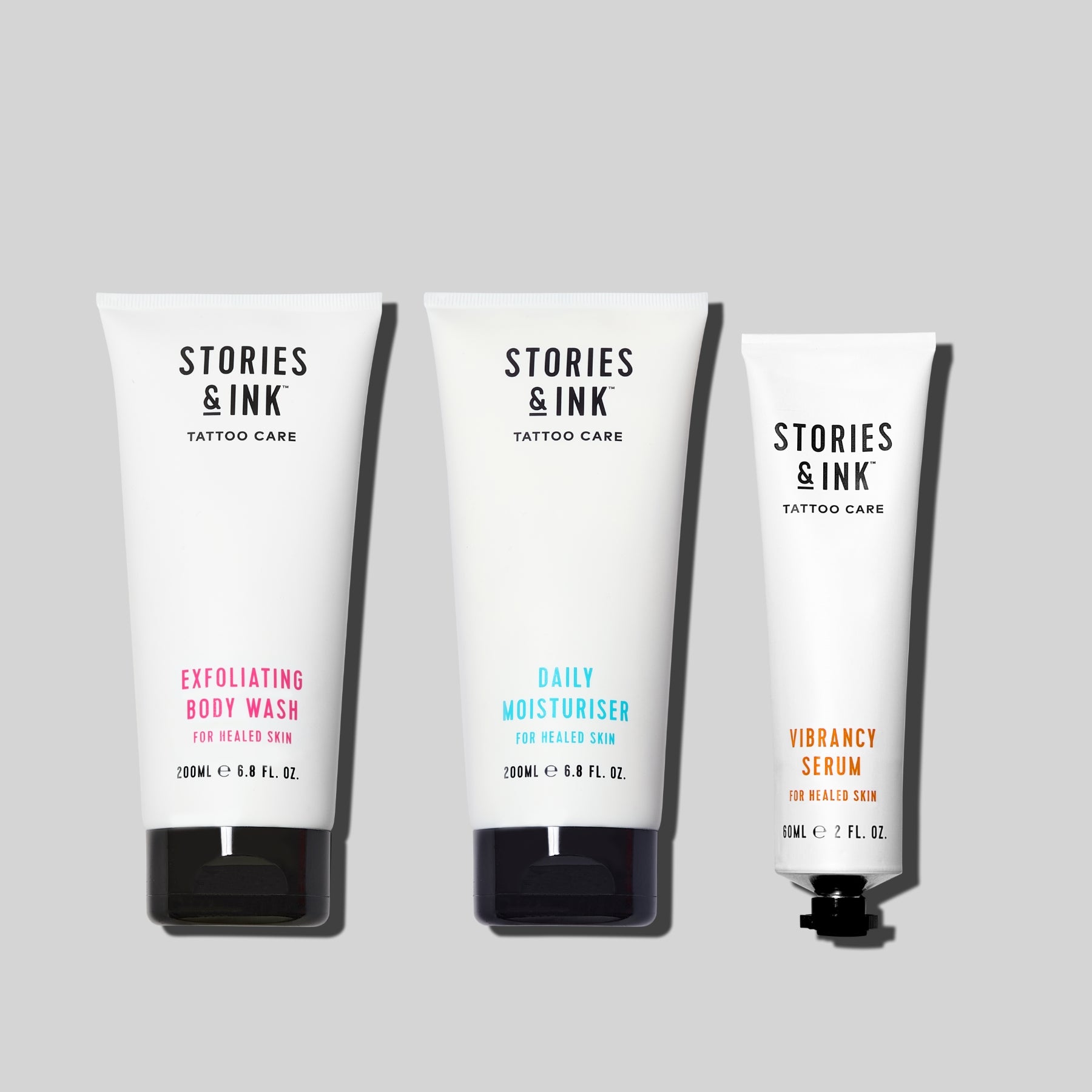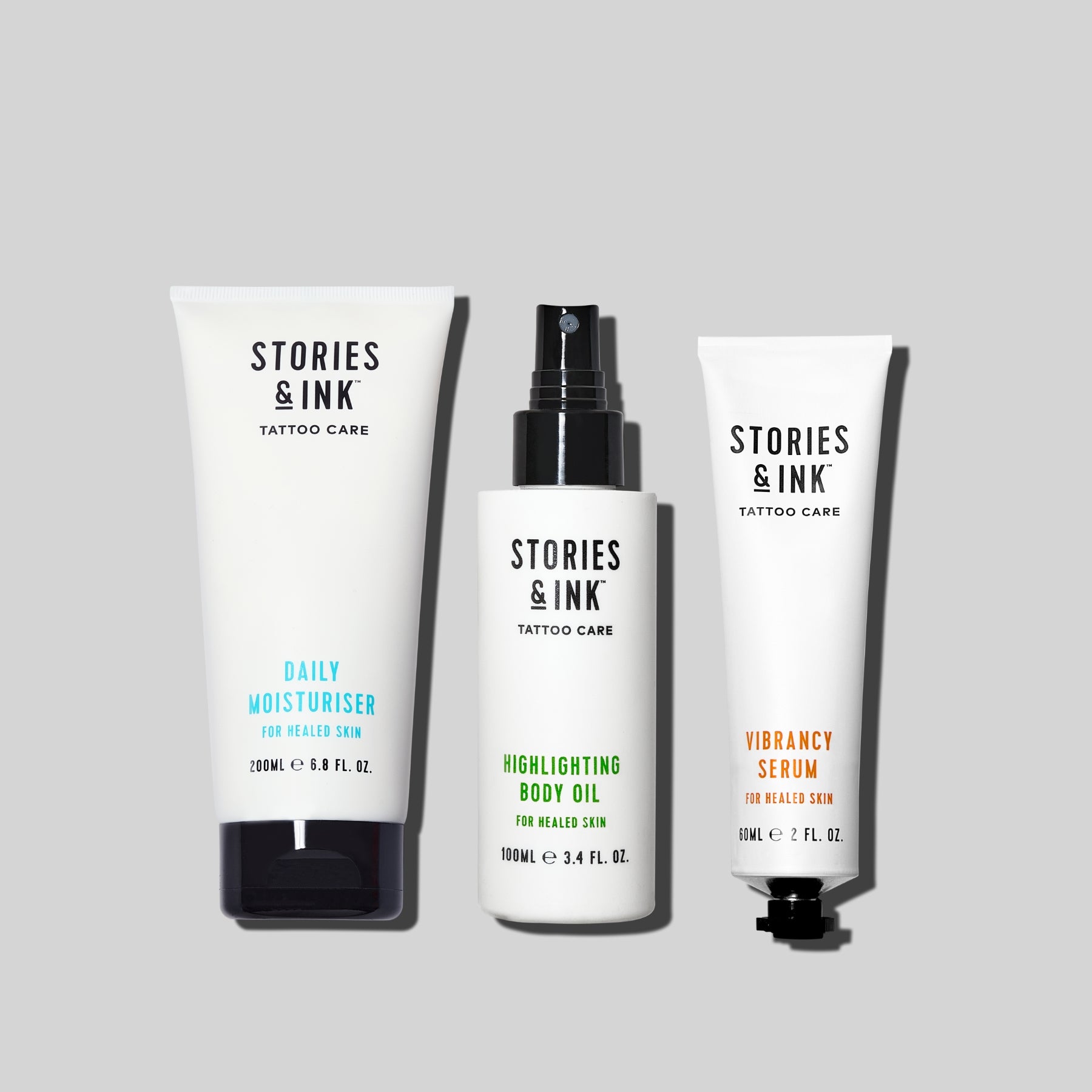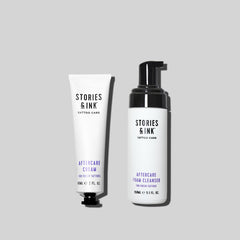 Image: mhtaylortattoo
Image: mhtaylortattoo
"I grew up hearing all sorts of grim tales, mainly naughty children getting eaten"
In a tattoo studio in Ancoats, Manchester — once a maze of mills and warehouses, now home to artists, coffee roasters, and tattoo machines — old stories find new skin. The hum of the needle replaces the crackle of a campfire, the smell of ink mingling with brick dust and espresso. Here, folklore isn’t just surviving; it’s evolving, etched onto the bodies of people who walk through a city built on reinvention.
Artist Max Harley Taylor of Tooth And Talon Tattoo (toothandtalontattoo) is part of this movement, giving old symbols new life.
“Folklore marries the familiar and relatable with the otherworldly and bizarre,” he says. “There's timeless themes in folklore that make them endure, but equally they often feature strange beasts and mysterious forces that spark our imagination and keep them exciting.
“Whether you're wanting to feel a connection to the past, your environment, or you simply love the aesthetics and imagery, tattooing these symbols perpetuates the telling of these stories which is so intrinsic to ensuring folklore endures.”
 Tattoo artist Max Harley Taylor of Tooth and Talon Tattoo, Manchester.
Tattoo artist Max Harley Taylor of Tooth and Talon Tattoo, Manchester.
Max’s fascination with old myths and imagery runs deep. “I grew up in rural North Somerset so folklore and festivals were all around me,” he says.
“My mum cultivated my love of art, so through her and the artwork on metal albums that drew on folklore imagery and old illustrations, artists like Doré, Dürer or Goya became a go-to as a source of inspiration for my own work. When I started that naturally translated from my illustration work to my tattooing.”

(Image: mhtaylortattoo) Snail knight from The Drolatic Dreams of Pantagruel. First published in 1565, the book draws on imagery from folkloric and mythical traditions.
Ask the artist about a favourite folklore figure, and there’s no hesitation.
“I've always loved the Green Man. I remember having one up in the house growing up and when I started working with @hwaetzine he was the first thing I drew for them so he's felt omnipresent, his little face always radiating a warmth and familiarity.”
 (Image: mhtaylortattoo) The Green Man is one of Britain’s oldest and most mysterious folk symbols. He’s the embodiment of nature’s cycles: death and rebirth, decay and renewal. In medieval carvings, his mouth sprouts vines and leaves; in May Day festivals, he’s reborn in ivy and oak.
(Image: mhtaylortattoo) The Green Man is one of Britain’s oldest and most mysterious folk symbols. He’s the embodiment of nature’s cycles: death and rebirth, decay and renewal. In medieval carvings, his mouth sprouts vines and leaves; in May Day festivals, he’s reborn in ivy and oak.
“My interest in him also drew me to grotesques and all the motifs used to decorate cathedral masonry which continue to be a big inspiration for tattoo ideas,” Max adds.
Much of his inspiration comes from forgotten corners of history — strange and beautiful images buried in old books. “I've always scrawled through online archives of natural history books, anatomical reference, or emblem books for inspiration,” he says.
“I studied a masters in Art Gallery and Museum Studies which further exposed me to all sorts of great reference; there's nothing quite like pawing through giant leather bound editions of Doré's Divine Comedy or illuminated Book of Hours, so that naturally fed into my art.
“Plenty of my clients share a passion for art history too so they'll often send great references, like The Wound Man or Pantagruel's Bestiary.”
 (Image: mhtaylortattoo) While not strictly folklore, The Wound Man — a 16th-century medical illustration showing a man punctured, slashed, and bitten by every imaginable injury — has become a kind of cult image in tattoo circles. At once gruesome and strangely serene, it speaks to resilience, mortality, and the body as story.
(Image: mhtaylortattoo) While not strictly folklore, The Wound Man — a 16th-century medical illustration showing a man punctured, slashed, and bitten by every imaginable injury — has become a kind of cult image in tattoo circles. At once gruesome and strangely serene, it speaks to resilience, mortality, and the body as story.
As for where newcomers wanting to learn more should start, “I'd have to recommend @hwaetzine as a fantastic insight into folklore,” Max says. “I've always had an interest in it but meeting those guys and experiencing their knowledge and passion for the subject has really taught me a lot, so they're great for newcomers or those who want to delve deeper. Everything they do is so well researched and curated.”
 (Image: publicdomainrev) Illustration by Ivan Bilibin for an 1899 edition of the Russian fairytale Vasilisa the Beautiful.
(Image: publicdomainrev) Illustration by Ivan Bilibin for an 1899 edition of the Russian fairytale Vasilisa the Beautiful.
From the stories themselves, Max turns to the artists who gave folklore its shape and shadow — the illustrators and painters whose visions still echo through tattoo art today.
“Everyone should check out the work of Ivan Bilibin who illustrated lots of Slavic folklore stories in an absolutely gorgeous art nouveau style,” the artist adds. “Goya and Rosa did some fantastic witchcraft-themed works too and I always return to Dürer and Bosch for inspiration.
“I'd also really recommend looking into your local folklore. Somerset has its fair share, but I also have German heritage so I grew up hearing all sorts of grim tales, mainly featuring naughty children getting eaten. Everywhere you go has folklore, it really feels boundless.”

See more of Max's work @mhtaylortattoo
